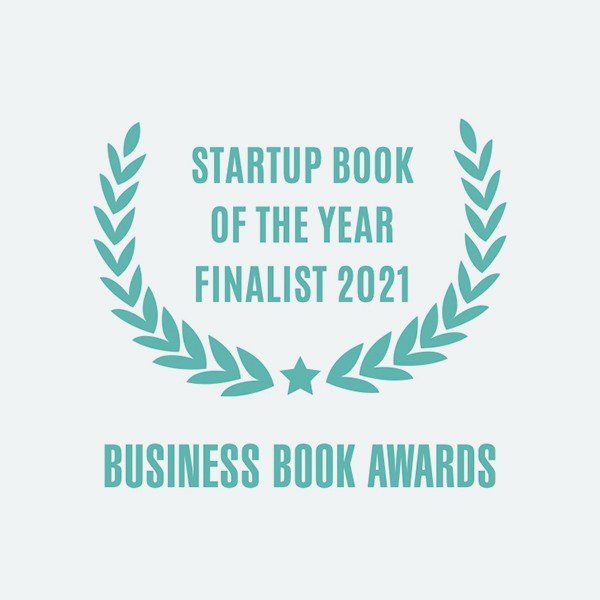

Your weakness can be your biggest strength
2nd July 2020
It’s easy to look at areas of weakness in your business or personal development and let this hinder progress. To make excuses – especially in tough times. To play the blame game, put your feet up and let it all turn to shit. Think about it, you could look back at the pile of burning rubble that was once your business and say you were at a disadvantage, that the world was cruel. It could be the story you tell yourself about how you nearly made it big. Or, you could take action.
We believe that with the right creative techniques and a creative mindset you can use your weakness as a strength to turn a bad situation, a product defect, a personal setback or affliction into something sensational, you could even transform a disadvantaged brand into an irresistible brand.
There are many examples of brilliant brands doing just this. Let’s give you some examples:
Stella Artois
Stella Artois created their ‘Reassuringly Expensive’ campaign as a result of turning a substantial negative for their brand (higher prices due to greater duty on high-alcohol content beverages in the United Kingdom) into a positive, assuring customers that by being more expensive, their premium lager was better than cheaper brands. The resulting television and cinema advertisement proved immensely popular and formed the basis for a series of award-winning adverts.
VW Beetle
When the advertising company DDB were tasked with introducing a tiny German automobile to the US market where larger domestic cars had previously thrived they were able to quickly transform the perception of the VW Beetle from a relatively obscure laughing stock to a popular status symbol. Instead of emphasising the strengths of the product such as modest fuel consumption or the relative cheapness of the vehicle (see Price Bombing) they instead chose to focus on the fact that the Volkswagen was not nearly as pleasing to the eye as the typical American-made cars of the day. They used slogans such as ‘Ugly is only skin deep’ and ‘It will stay uglier longer’, and so was born one of the greatest campaigns in the history of advertising.

Guinness
Guinness takes a long time to pour, longer than other beers, and this could very easily have been seen as a weakness, a worry, a concern. You could imagine the huddled suits in boardrooms pontificating that customers wouldn’t want to wait for their booze or bars and pubs wouldn’t stock the sluggish dark slop as it would mean fewer sales. But no, Guinness decided that rather than hiding behind their weakness they would instead make it a USP. Their advertising campaigns focused on the slow pour and the anticipation of the drink. The result was a series of beautifully written, rendered and directed brand campaigns that were like works of art and all accompanied by the slogan ‘Good things come to those who wait.’

So how do you turn your weakness into your biggest strength?
Here’s six things you can do:
1. Research
Interview customers, prospects, thought leaders – whoever is affected or has insider knowledge you could benefit from. From this information-gathering exercise you’ll be able to spot opportunities and trends and plan for the future. This could lead to a new angle for brand messaging, a change of your product positioning or a whole new business model.
2. Review the situation
Carry out a SWOT analysis on the current situation and how these factors affect your business. A SWOT analysis is a strategic planning technique used to help a person or organisation identify strengths, weaknesses, opportunities, and threats related to business competition or project planning. Another approach would be to simply make a list of pros and cons.
3. Dedicate time to creativity and innovation
Once you’ve gathered enough information you should dedicate small teams to creativity and innovation sessions. If creativity isn’t your thing, hire someone to run a creative workshop for your team. It can often be really tricky to spot opportunities when you’re inside the business so unless you are a creative agency and used to running these workshops, we would usually recommend bringing someone in.
4. Hire an Agency
If you want to go that extra mile, and depending on the problem you need solving, you might want to hire a specialist advertising, branding or marketing agency similar to the examples of Stella Artois and VW Beetle. For example, at Robot Mascot we’re great at branding and messaging, but not so great at digital marketing. So we hire a specialist company who are real experts in creating digital sales funnels.
5. Be like the A-Team
In the 80’s TV show the A-Team, nearly every week, the protagonists would find themselves locked up by the baddies. The baddies were usually really bad at choosing lock-ups, it would usually be a warehouse, garage or workshop with some junk and old tools strewn about. The team would quickly get to work, making the best of their situation and working with the limited tools at hand so they could create something that would help them break out to freedom. The point here is you’ll already have a lot of the tools and skills you need to get yourself out of a situation you just need to apply an innovative mindset.
6. Read Who Moved My Cheese
Who Moved My Cheese is an amusing and enlightening story by Dr Spencer Johnson about four mice who live in a maze and look for cheese to nourish them and make them happy. Cheese is a metaphor for what you want to have in life, for example, a good job, a loving relationship, money or possessions, health or spiritual peace of mind. The maze is where you look for it, perhaps the organisation you work in, or the family or community you live in. The problem is that the cheese keeps moving.
In the story, the characters are faced with an unexpected change in their search for the cheese. One of them eventually deals with change successfully and writes what he has learned on the maze walls for you to discover. You’ll learn how to anticipate and enjoy change, and will be ready to adapt quickly whenever you need to.
“But our situation is different”
We hear you cry.
“We don’t sell booze, cars or creative services and we’re certainly not the A-Team”.
Don’t let this negative internal nay-sayer nag you. Before you dismiss the notion that you can dramatically turn things around. Before you shrug off any possibility that you can view your weakness as a differentiating factor and turn it into a strength that will draw people in. Know that with the right creative techniques and a creative mindset you can quickly and easily turn a bad situation, a product defect, a personal setback or affliction into something sensational. By following the tips above you’ll soon transform a disadvantaged brand into an irresistible brand.
Ask yourself this:
Would anyone visit the Leaning Tower of Pisa if it was straight?
Keep up to date with what we’re up to via email






Copyright ©Robot Mascot Ltd. All rights reserved.




